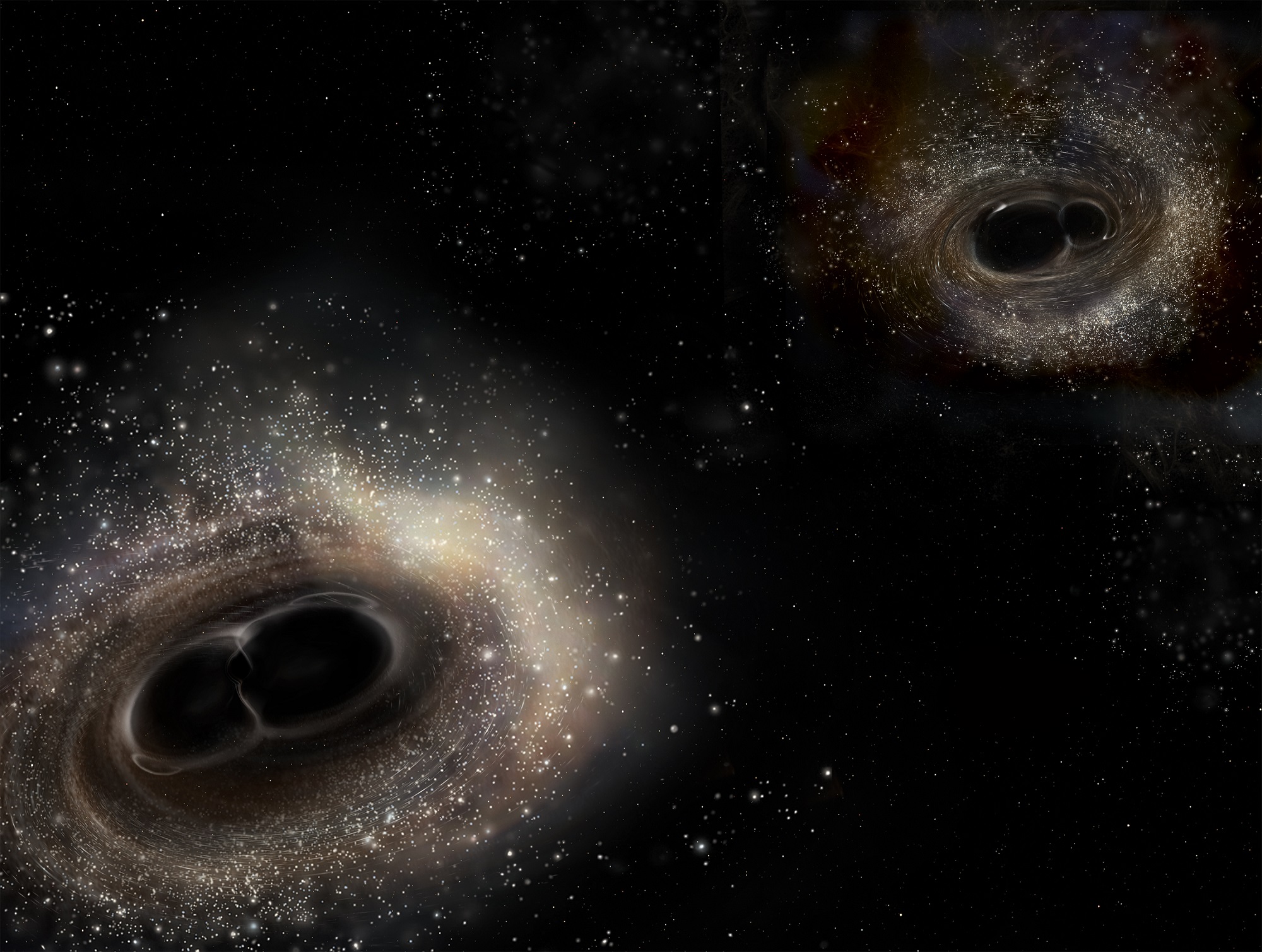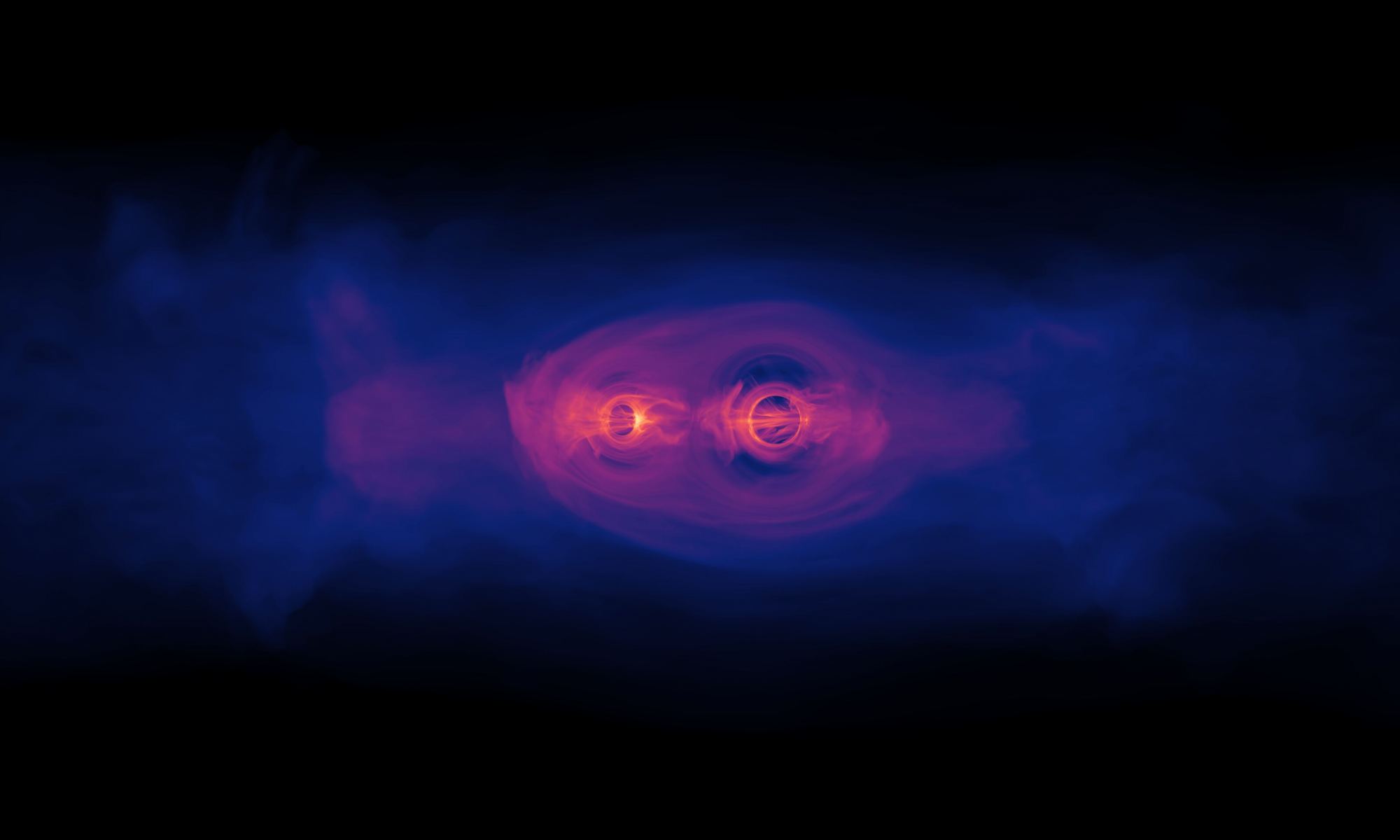If two black holes merge in the middle of space, and nobody’s around to see it, does it really happen?
Continue reading “In Addition to Gravitational Waves, is There any way to Detect Merging Black Holes”Merging Black Holes and Neutron Stars. All the Gravitational Wave Events Seen So Far in One Picture
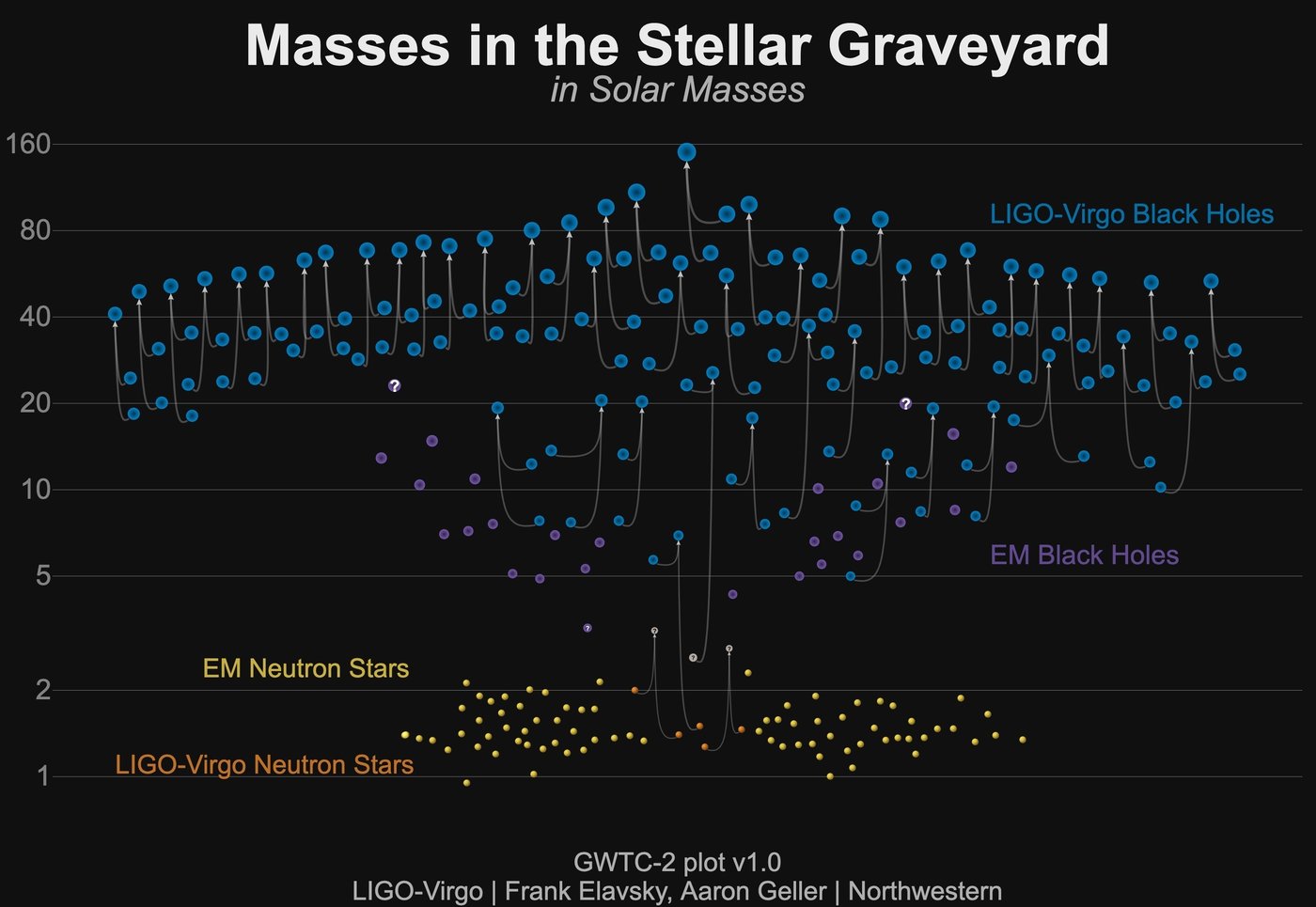
The Theory of Relativity predicted the existence of black holes and neutron stars. Einstein gets the credit for the theory because of his paper published in 1915, even though other scientists’ work helped it along. But regardless of the minds behind it, the theory predicted black holes, neutron stars, and the gravitational waves from their mergers.
It took about one hundred years, but scientists finally observed these mergers and their gravitational waves in 2015. Since then, the LIGO/Virgo collaboration has detected many of them. The collaboration has released a new catalogue of discoveries, along with a new infographic. The new infographic displays the black holes, neutron stars, mergers, and the other uncertain compact objects behind some of them.
Continue reading “Merging Black Holes and Neutron Stars. All the Gravitational Wave Events Seen So Far in One Picture”Behold! The Black Hole Collision Calculator!
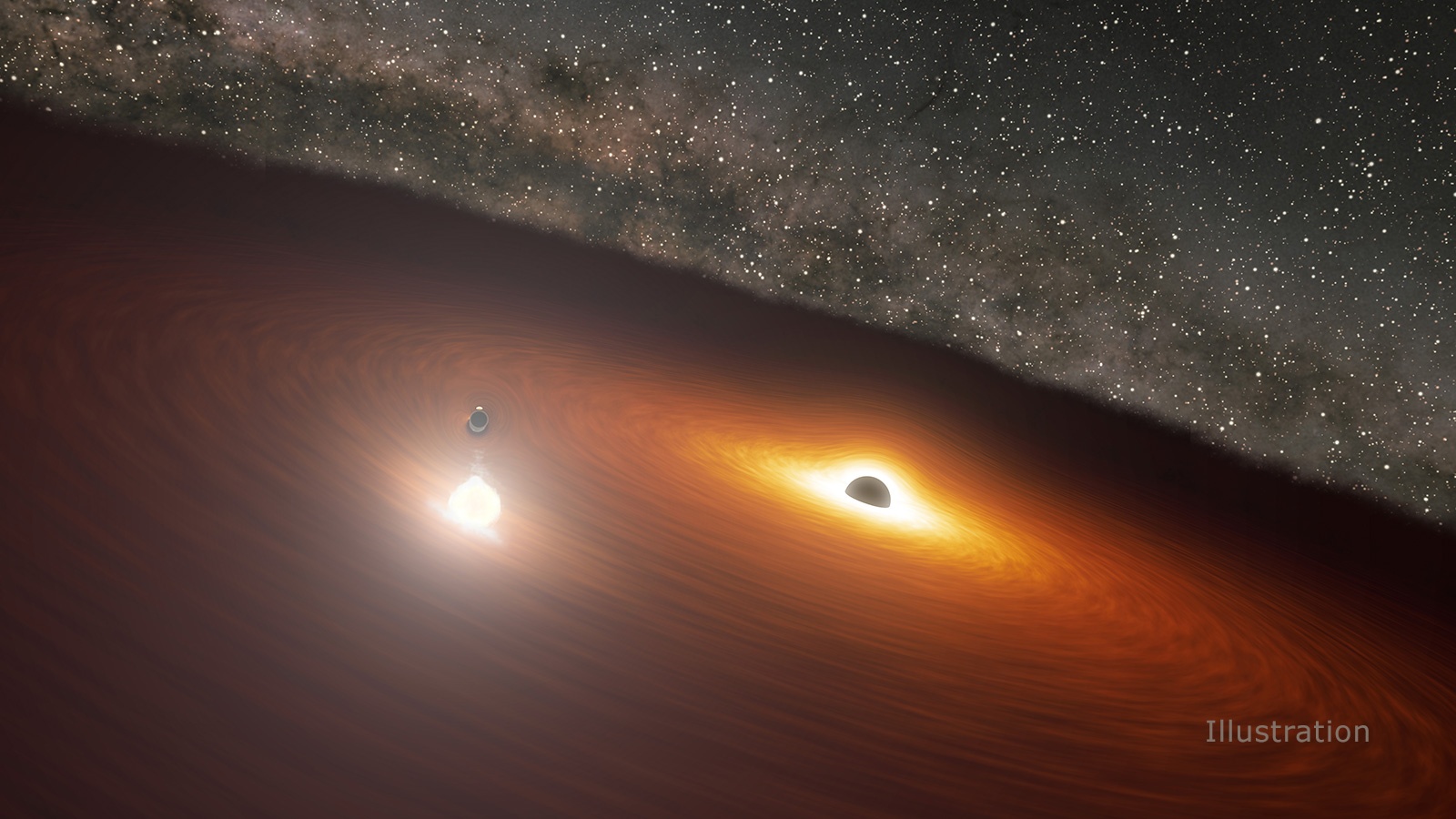
Black holes have been the subject of intense interest ever since scientists began speculating about their existence. Originally proposed in the early 20th century as a consequence of Einstein’s Theory of General Relativity, black holes became a mainstream subject a few decades later. By 1971, the first physical evidence of black holes was found and by 2016, the existence of gravitational waves was confirmed for the first time.
This discovery touched off a new era in astrophysics, letting people know collision between massive objects (black holes and/or neutron stars) creates ripples in spacetime that can be detected light-years away. To give people a sense of how profound these events are, Álvaro Díez created the Black Hole Collision Calculator (BHCC) – a tool that lets you see what the outcome of a collision between a black hole and any astronomical object would be!
Continue reading “Behold! The Black Hole Collision Calculator!”Why Can Black Hole Binaries Have Dramatically Different Masses? Multiple Generations of Mergers
On the 12th of April, 2019, the LIGO and Virgo gravitational wave observatories detected the merger of two black holes. Named GW190412, one of the black holes was eight solar masses, while the other was 30 solar masses. On the 14th of August that year, an even more extreme merger was observed, when a 2.5 solar mass object merged with a black hole nearly ten times more massive. These mergers raise fundamental questions about the way black hole mergers happen.
Continue reading “Why Can Black Hole Binaries Have Dramatically Different Masses? Multiple Generations of Mergers”It might just be possible to see a light flash too when black holes merge
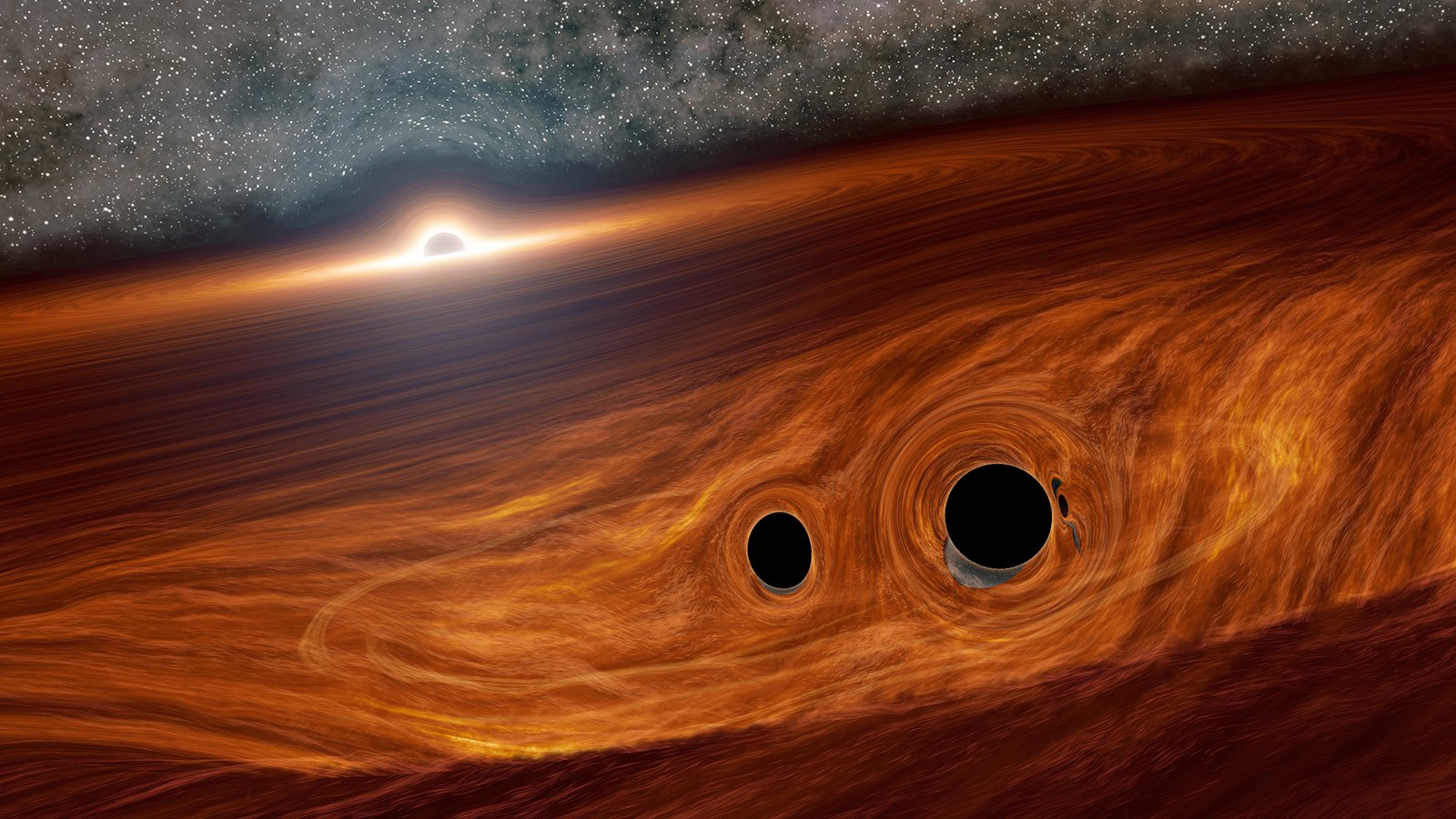
Black hole merger events are some of the most energetic, fearsomely energetic events in all the cosmos. When black holes merge, they’re entirely invisible, the only evidence of the cataclysm some faint whisper of gravitational waves. Until now.
Continue reading “It might just be possible to see a light flash too when black holes merge”New Simulations Show How Black Holes Grow, Through Mergers and Accretion
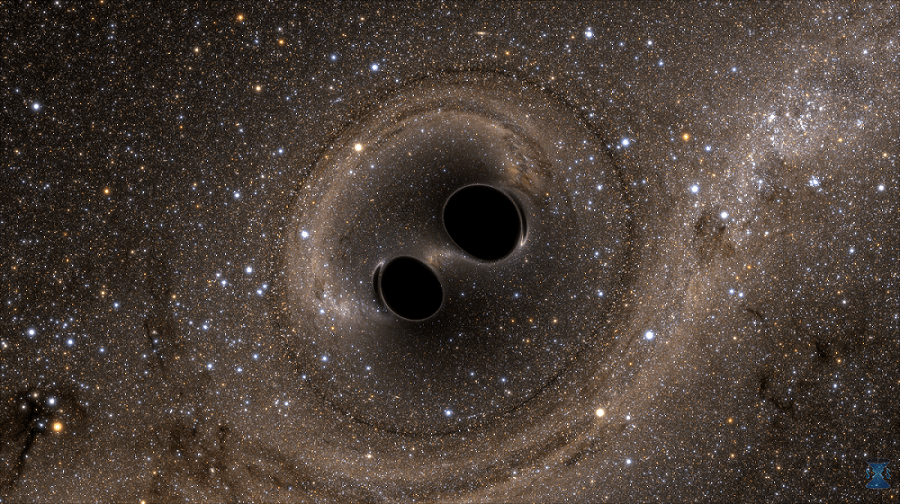
One of the most pressing questions in astronomy concerns black holes. We know that massive stars that explode as supernovae can leave stellar mass black holes as remnants. And astrophysicists understand that process. But what about the supermassive black holes (SMBHs) like Sagittarius A-star (Sgr A*,) at the heart of the Milky Way?
SMBHs can have a billion solar masses. How do they get so big?
Continue reading “New Simulations Show How Black Holes Grow, Through Mergers and Accretion”14% of all the Massive Stars in the Universe are Destined to Collide as Black Holes

Einstein’s Theory of General Relativity predicted that black holes would form and eventually collide. It also predicted the creation of gravitational waves from the collision. But how often does this happen, and can we calculate how many stars this will happen to?
A new study from a physicist at Vanderbilt University sought to answer these questions.
Continue reading “14% of all the Massive Stars in the Universe are Destined to Collide as Black Holes”There’s a New Record for the Most Massive Black Hole Ever Seen: 40 Billion Solar Masses
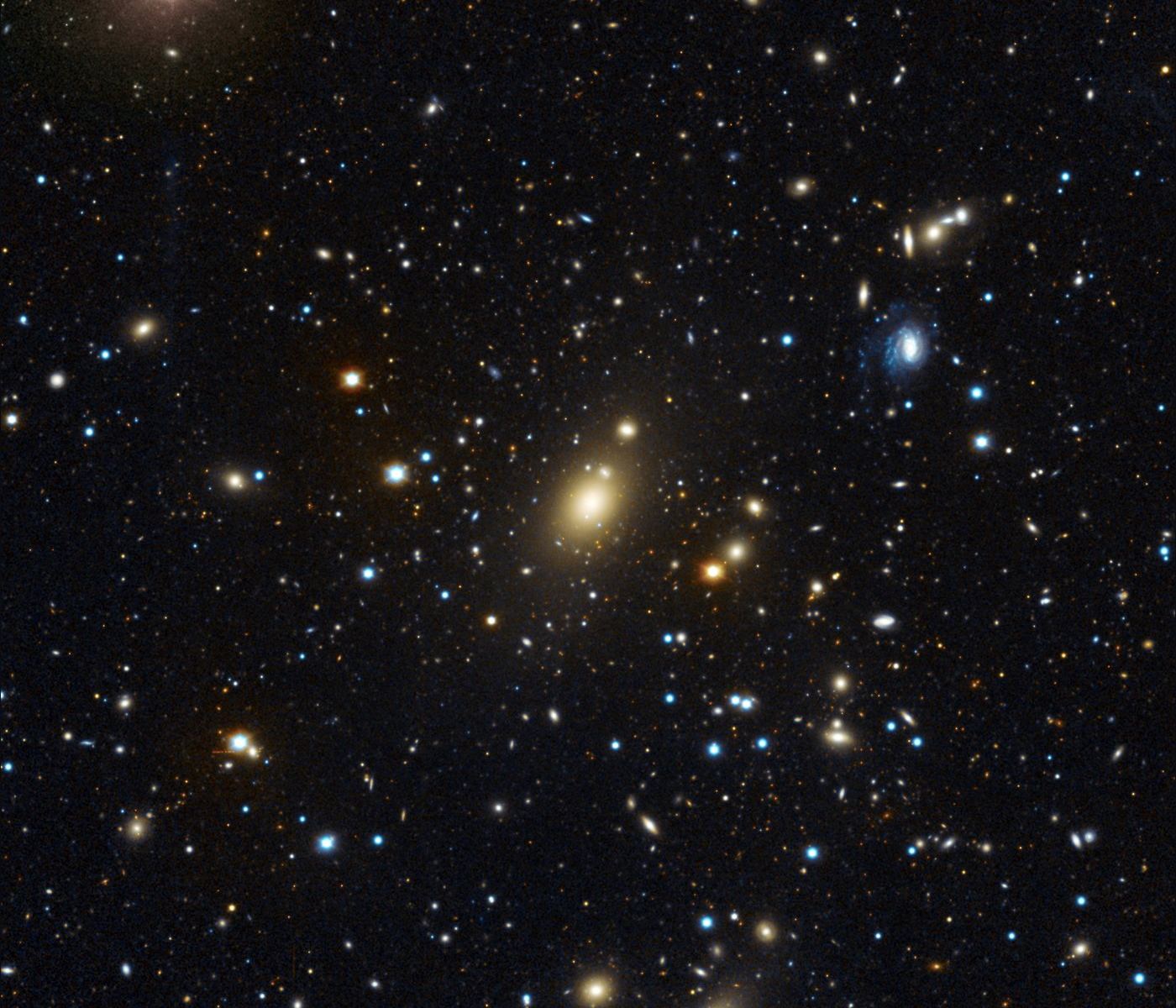
Astronomers have spotted a 40 billion solar mass black hole in the Abell 85 cluster of galaxies. They found the behemoth using spectral observations with the Very Large Telescope (VLT.) There are only a few direct mass measurements for black holes, and at about 700 million light years from Earth, this is the most distant one.
Continue reading “There’s a New Record for the Most Massive Black Hole Ever Seen: 40 Billion Solar Masses”Astronomers Have Found a Place With Three Supermassive Black Holes Orbiting Around Each Other
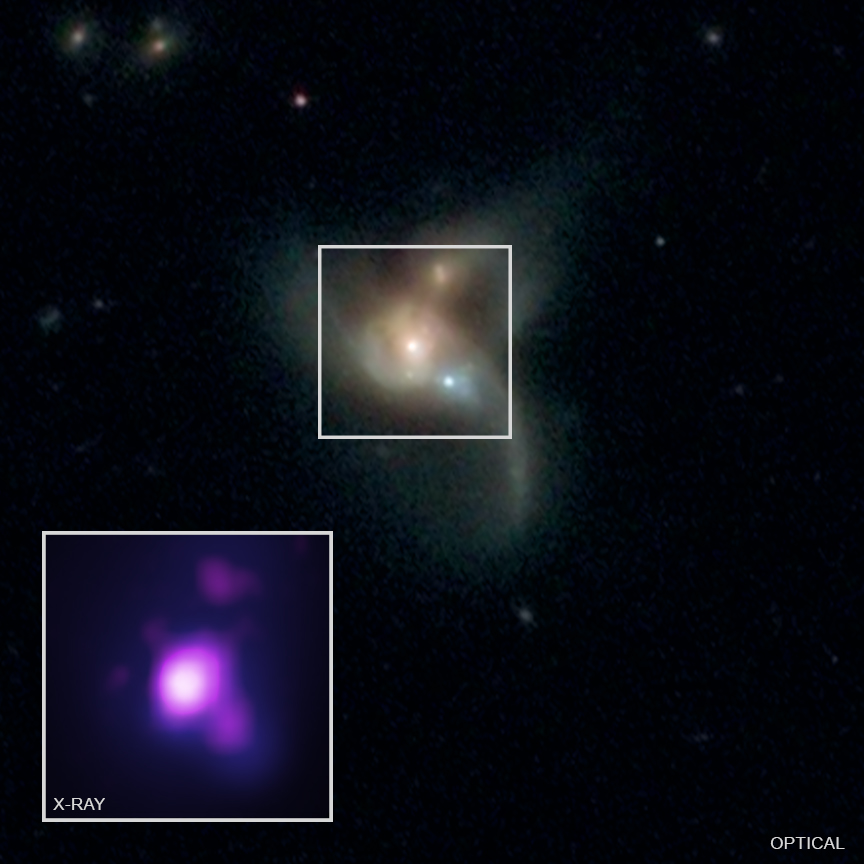
Astronomers have spotted three supermassive black holes (SMBHs) at the center of three colliding galaxies a billion light years away from Earth. That alone is unusual, but the three black holes are also glowing in x-ray emissions. This is evidence that all three are also active galactic nuclei (AGN,) gobbling up material and flaring brightly.
This discovery may shed some light on the “final parsec problem,” a long-standing issue in astrophysics and black hole mergers.
Continue reading “Astronomers Have Found a Place With Three Supermassive Black Holes Orbiting Around Each Other”A Monster Black Hole has been Found with 40 Billion Times the Mass of the Sun
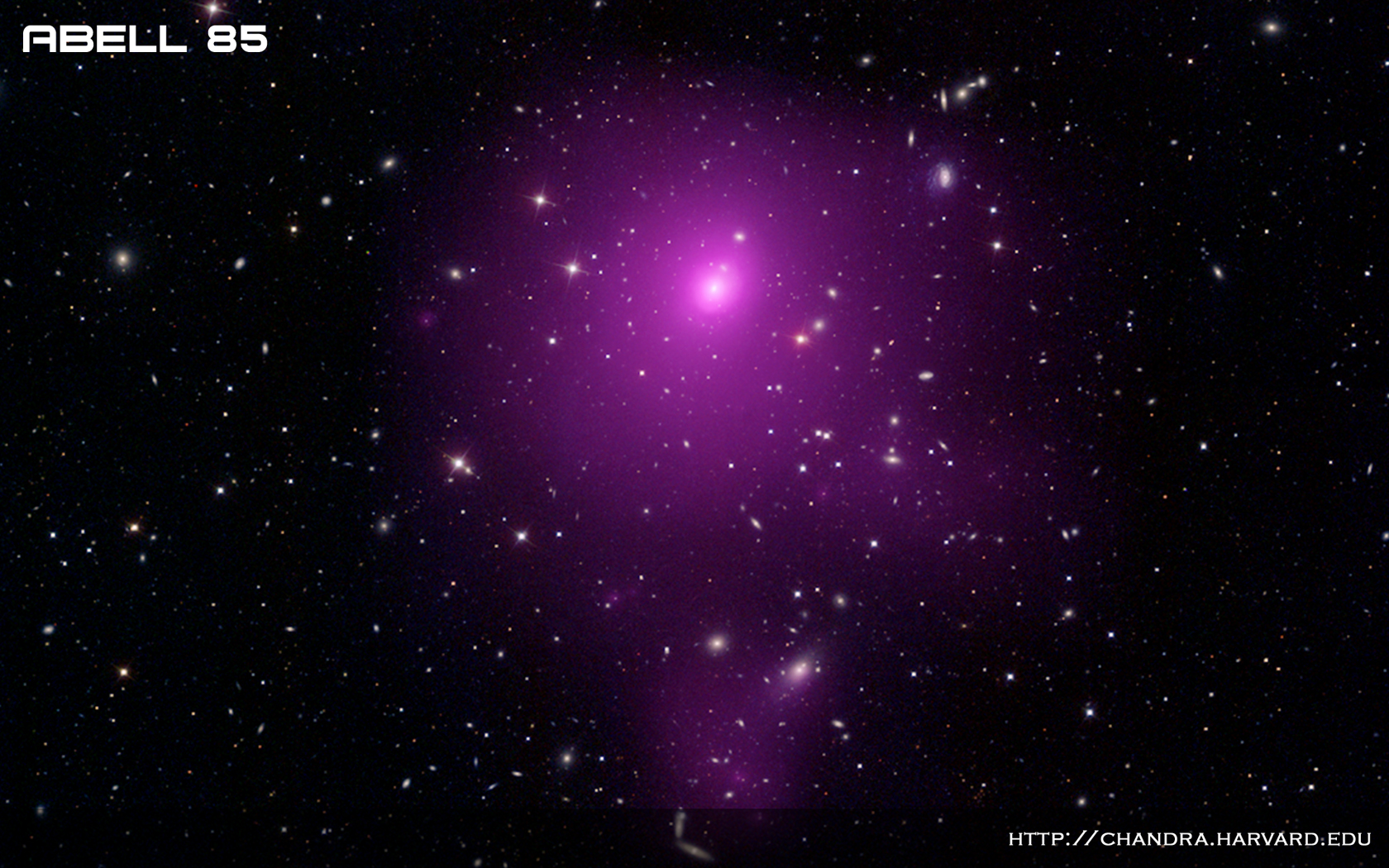
If contemplating the vast size of astronomical objects makes you feel rather puny and insignificant, then this new discovery will make you feel positively infinitesimal.
It’s almost impossible to imagine an object this large: a super massive black hole that’s 40 billion times more massive than our Sun. But there it is, sitting in the center of a super-giant elliptical galaxy called Holmberg 15A. Holmberg 15A is about 700 million light years away, in the center of the Abell 85 galaxy cluster.
Continue reading “A Monster Black Hole has been Found with 40 Billion Times the Mass of the Sun”
